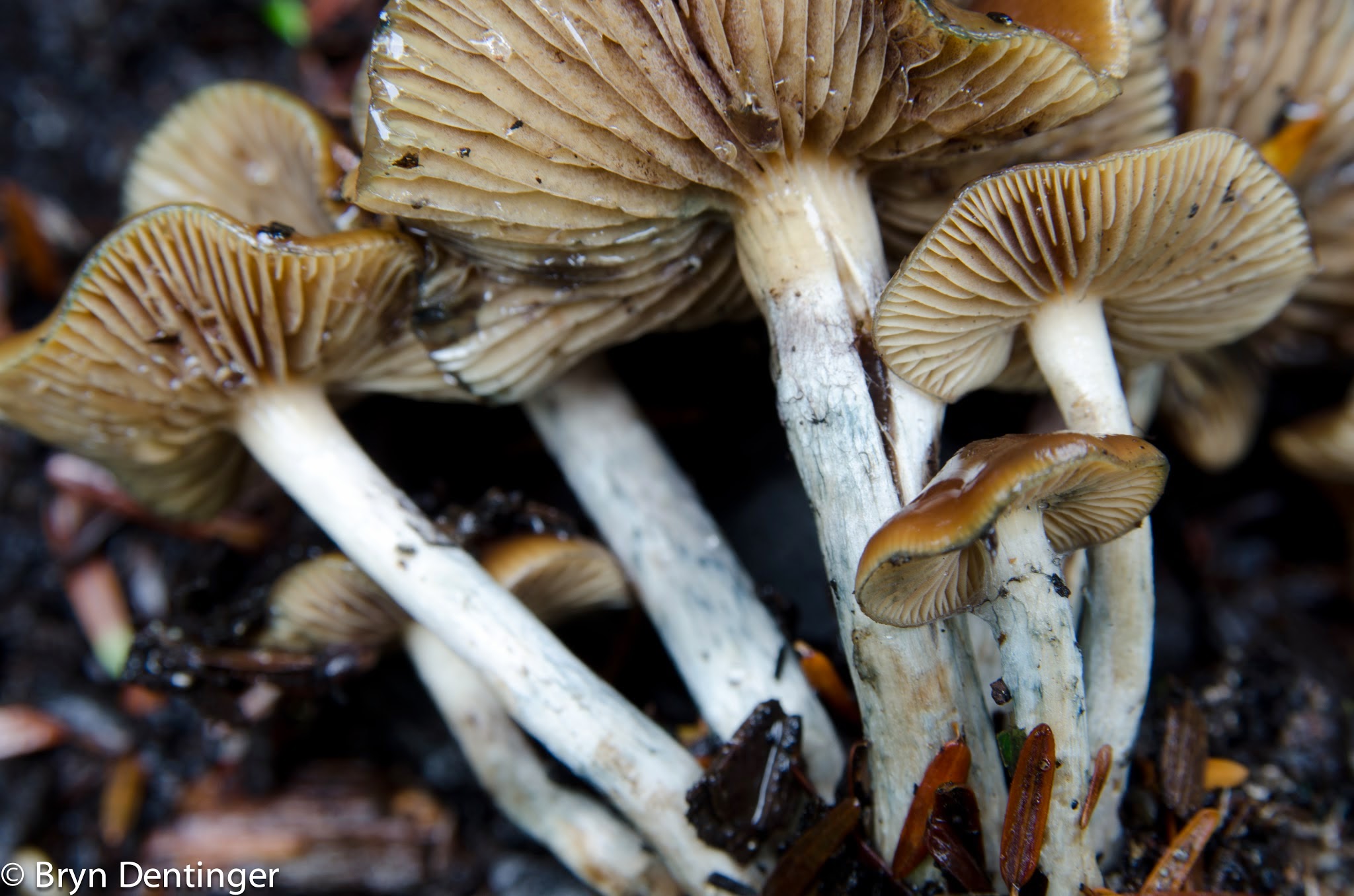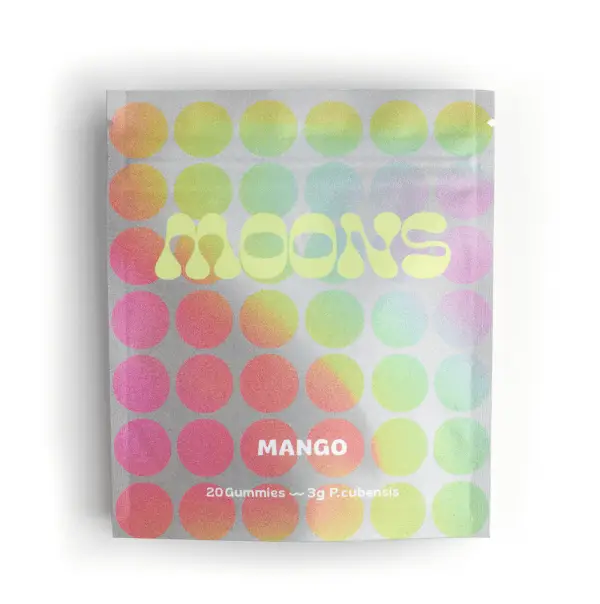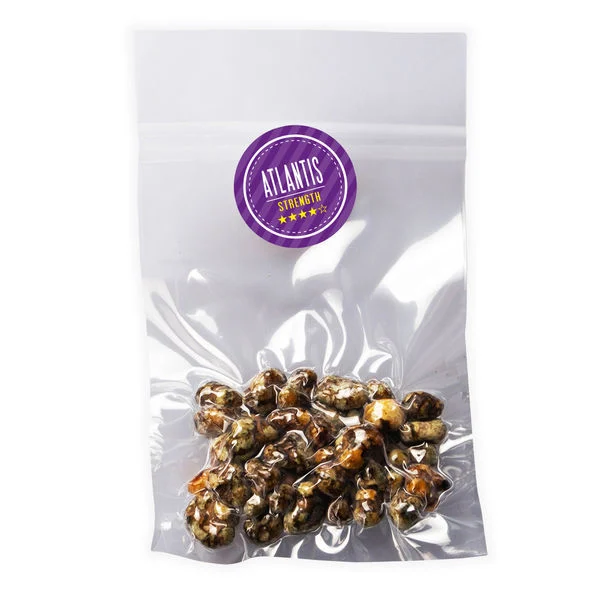Magic Mushrooms Species, Magic mushrooms, also known as psychedelic mushrooms, are a fascinating group of fungi that contain psychoactive compounds, primarily psilocybin and psilocin. These compounds are known for inducing altered states of consciousness, including visual and auditory hallucinations, enhanced emotional experiences, and spiritual insights. Among the vast fungal kingdom, several magic mushrooms species stand out due to their historical, cultural, and scientific significance.
What Are Magic Mushrooms?
Magic mushrooms refer to over 180 species of fungi that produce psilocybin. When ingested, psilocybin is converted into psilocin, which interacts with serotonin receptors in the brain, leading to psychedelic effects. These mushrooms have been used for centuries in religious and shamanic rituals, especially by indigenous cultures in Central and South America.
Most Common Magic Mushrooms Species
- Psilocybe cubensis
Perhaps the most well-known and widely cultivated species, Psilocybe cubensis is native to tropical and subtropical regions. It is favored by beginners due to its moderate potency and ease of growth. - Psilocybe semilanceata (Liberty Cap)
Found in grassy fields in Europe, North America, and New Zealand, P. semilanceata is one of the most potent naturally occurring psychedelic mushrooms. It is distinguished by its conical, pointed cap. - Psilocybe azurescens
Known as the “Flying Saucer Mushroom,” this species is among the most potent magic mushrooms species. It grows naturally along the West Coast of the United States and is admired for its high psilocybin content. - Psilocybe cyanescens
Also called “Wavy Caps,” this species is recognizable by its wavy cap edges. It grows in wood chips and mulched garden beds in the Pacific Northwest and parts of Europe. - Psilocybe mexicana
This species holds historical significance as the mushroom used by the Aztecs and other Mesoamerican cultures in spiritual rituals. It was one of the species studied by researchers during the psychedelic renaissance of the 1950s. - Gymnopilus luteofolius
Although not as commonly used, this wood-loving mushroom species contains psilocybin and is found throughout North America. It features a rusty-orange cap and is often mistaken for non-psychoactive fungi. - Panaeolus cyanescens (Blue Meanies)
Despite the nickname being used for multiple species, this tropical mushroom is famous for its potency and is commonly found in dung-rich environments.
Identification and Risks
Identifying magic mushrooms in the wild requires extensive knowledge and caution. Many toxic and deadly mushrooms resemble psilocybin-containing species. Misidentification can lead to serious health consequences. Therefore, it is crucial to rely on expert guides or cultivation kits for safe usage.
Legal and Ethical Considerations
The legality of possessing or using magic mushrooms species varies widely by country and region. While some places have decriminalized or legalized their use for therapeutic or religious purposes, they remain illegal in many areas. Users should research local laws and consider the ethical implications of wild harvesting.
Conclusion
The world of magic mushrooms species is diverse, with each species offering unique effects, habitats, and cultural backgrounds. As interest in psychedelic therapy and consciousness exploration continues to grow, so too does the importance of understanding these powerful fungi. Whether for scientific research or spiritual inquiry, magic mushrooms hold a mysterious and transformative place in human history.
You Might Also Like These:
where to buy golden teacher spores uk





